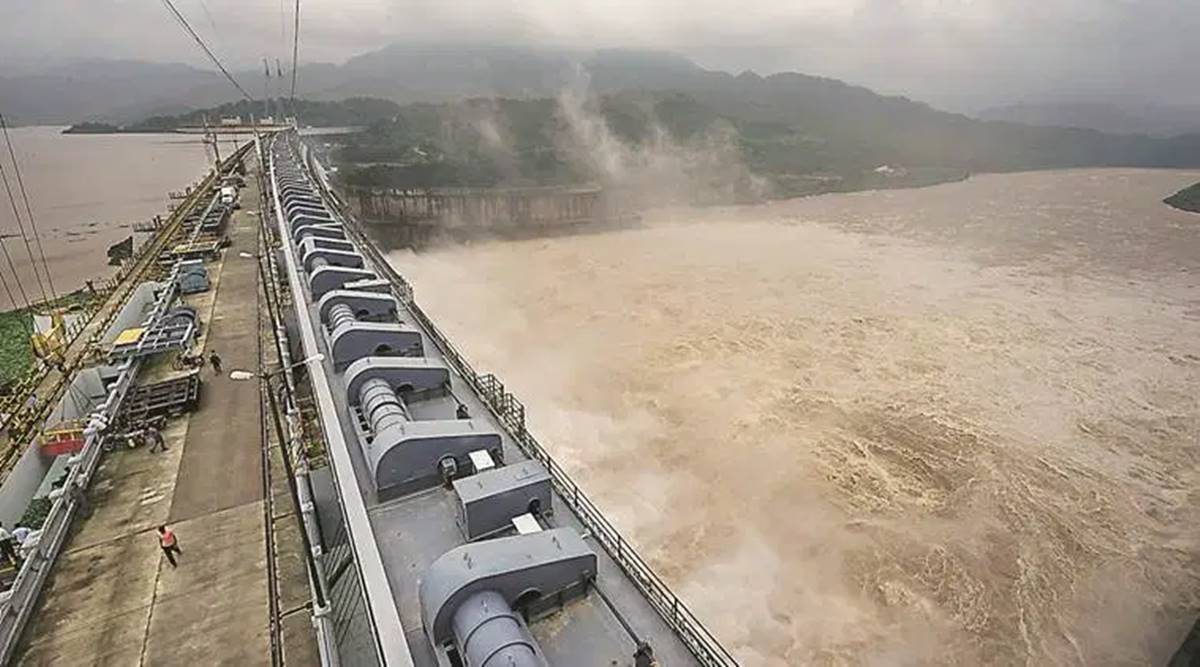 According to the government, under the Mera Pani-Meri Virasat Scheme, Rs 7,000 per acre is being given to the farmers for sowing alternate crops in place of paddy to save water for irrigation purposes.(Representational)
According to the government, under the Mera Pani-Meri Virasat Scheme, Rs 7,000 per acre is being given to the farmers for sowing alternate crops in place of paddy to save water for irrigation purposes.(Representational) Facing the problem of depleting groundwater, the authorities in Haryana have planned to construct small dams in hilly areas to conserve water for irrigation and drinking purposes. Haryana Chief Minister Manohar Lal Khattar said that the water flowing in springs in the Aravalli and Shivalik Hills is being conserved by constructing dams and it will be utilised for drinking water and irrigation purposes after the rainy season.
Haryana needs 38MAF (million acre-feet) water for irrigation and drinking purposes, but there is a shortage of nearly 25%. Currently, the state draws 9.5 MAF from Bhakra and Yamuna and an additional 10 MAF is pumped from underground while 8 MAF is received through the rains.
Recently, Khattar had visited Pathkhori village in Nuh district to encourage dam construction. He also appreciated the efforts of Tarun Bharat Sangh for taking steps towards water conservation by building a dam and also announced Rs 50 lakh from his voluntary fund for the project.
With the construction of this dam, 224 hectares of water will be stored and used as a reservoir. Khattar added that with this, drinking water supply and irrigation needs of nine villages will be met and it will also help recharge groundwater.
While officials said that a plan has already been made to construct six small dams in Morni (Panchkula) area of Shivalik hills in the coming year, a similar number of dams were constructed earlier too under Kandi project.
When asked why the Mewat area was selected for the project, officials said that the water level in this area is very low and has become saline as well. Thus, Ranney Well Scheme of Rs 263 crore has been started here to overcome the water shortage in this area and the government has been working to provide sufficient water to the southern part of the state. With this objective, Mewat Canal is being constructed with a capacity of 200 cusecs, wherein water will be taken from Yamuna along the KMP Expressway.
According to the government, under the Mera Pani-Meri Virasat Scheme, Rs 7,000 per acre is being given to the farmers for sowing alternate crops in place of paddy to save water for irrigation purposes.
It needs to be mentioned that the state has around 6,885 villages and officials have found nearly 41% villages in the category of “groundwater stressed” while 18% have been found in the classification of “potential groundwater stressed”.
To check over-exploitation of groundwater, the government has already launched several schemes. State project director of Atal Bhujal Yojna Satbir Singh Kadian said, “Groundwater has been overexploited in 85 of the total 141 blocks in the state. A water security plan will be formulated for each of the villages in 85 blocks aimed at launching an awareness campaign.”
- The Indian Express website has been rated GREEN for its credibility and trustworthiness by Newsguard, a global service that rates news sources for their journalistic standards.

